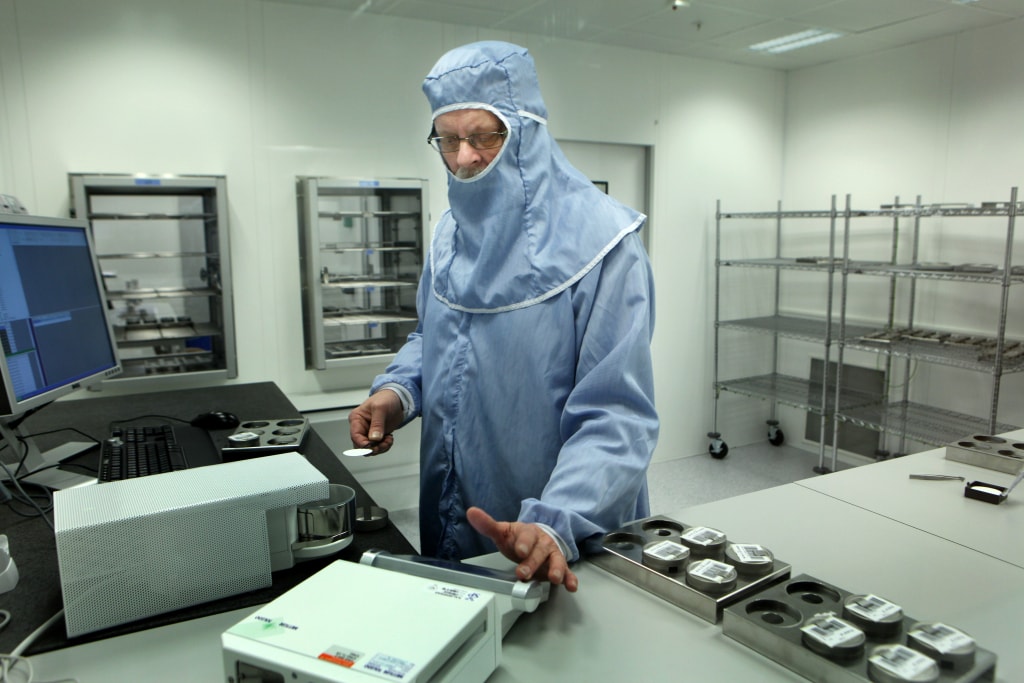Fuel efficient vehicles have long surpassed the state of "concept" cars. As hybrid, all electric and low emission vehicles become more and more common, investment into research technology for this type of vehicles need to be stepped up.
Volvo's emission laboratory, used for testing in all stages of the vehicle development process, is the department behind the company's DRIVe models. The laboratory was vital to the range, as it was used to test and confirm engine mapping and rolling resistance.
Many parameters in the vehicle have great impact on CO2 emissions and this requires close attention to many of the systems which we normally do not connect to classic emission testing. Take brakes for example: Brake drag will have a large impact on the variability of the test results.
"Therefore, we are working closely with the development engineers from many different areas of technology to standardize and optimize all parts in the testing chain," Alexander Petrofski, the man responsible for the technical aspects of the laboratory said.
The laboratory is in need of upgrade because, unlike other manufacturers, Volvo created it in the 1970s. The room in which is housed is built on a 150-ton concrete slab, and the scales are on a heavy marble table, to provide the stability needed.
The particle emissions from a modern diesel engine are so low that the weight is comparable to what the fat from a finger print would weigh, making protective clothing mandatory for the only one person allowed in the room at every one time.
The laboratory now aims to develop future particle measurement technology, needed for the new European emission regulation set to come to force in 2011. The new regulation limits particle count, to complement the current requirement on particle weight or mass.
"The amount of effort we put into maintaining quality standards in all aspects of the testing is tremendous. For instance when it comes to calibrations which are performed at pre-defined intervals and supervised by our senior engineers," added Petrofski.
Volvo's emission laboratory, used for testing in all stages of the vehicle development process, is the department behind the company's DRIVe models. The laboratory was vital to the range, as it was used to test and confirm engine mapping and rolling resistance.
Many parameters in the vehicle have great impact on CO2 emissions and this requires close attention to many of the systems which we normally do not connect to classic emission testing. Take brakes for example: Brake drag will have a large impact on the variability of the test results.
"Therefore, we are working closely with the development engineers from many different areas of technology to standardize and optimize all parts in the testing chain," Alexander Petrofski, the man responsible for the technical aspects of the laboratory said.
The laboratory is in need of upgrade because, unlike other manufacturers, Volvo created it in the 1970s. The room in which is housed is built on a 150-ton concrete slab, and the scales are on a heavy marble table, to provide the stability needed.
The particle emissions from a modern diesel engine are so low that the weight is comparable to what the fat from a finger print would weigh, making protective clothing mandatory for the only one person allowed in the room at every one time.
The laboratory now aims to develop future particle measurement technology, needed for the new European emission regulation set to come to force in 2011. The new regulation limits particle count, to complement the current requirement on particle weight or mass.
"The amount of effort we put into maintaining quality standards in all aspects of the testing is tremendous. For instance when it comes to calibrations which are performed at pre-defined intervals and supervised by our senior engineers," added Petrofski.

